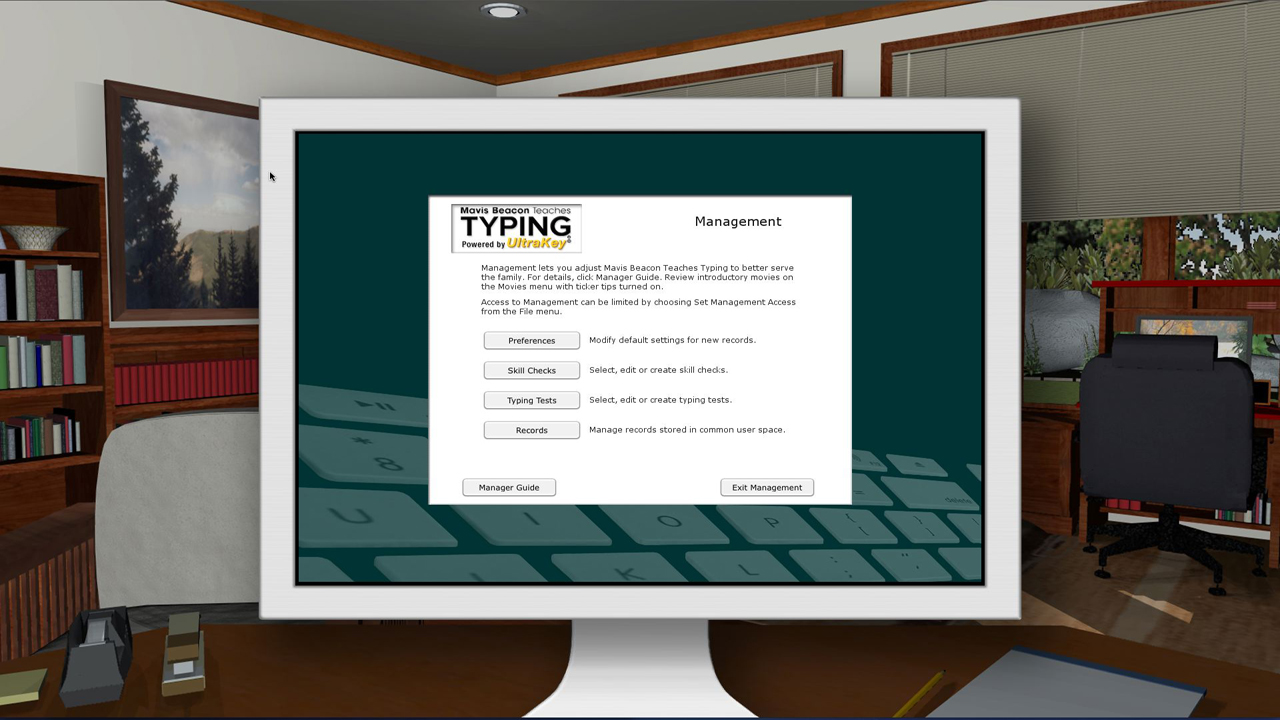
Almost all design work-from layout and presentations to UX and digital-gets developed through Illustrator before it goes anywhere else,” Rakosi says. “These seem like pedestrian items to mention, but we use these functions hundreds of times an hour, and the time-savings on projects both small and large is substantial. “Illustrator provides layout efficiency, rapid and precise duplication, lockdown, grouping, transparency, and single and multiple selection,” says Nandor Rakosi of Polymorph Studios. “It is the base of almost every layout we do as an agency,” says Tiago Dias of Aparticula. “Artwork designed in Illustrator can also be simultaneously used with other programs like Photoshop, InDesign, After Effects, XD, and Keynote without losing quality,” Zises says. “The vector-based program is our go-to when creating a logo or any other branding elements/graphics that can easily be scaled to any size.” “Adobe Illustrator is the most helpful design tool we use, and we use it frequently for a variety of projects,” says Sam Zises of earned Media. To better understand how your website performs in terms of traffic growth and conversions, we’ve made this plug-and-play dashboard that contains all the essential metrics for understanding how successful you are at optimizing different aspects of your website. It’s also a bit time-consuming to combine all the metrics you need in one view. If you want to track these in Google Analytics, you might find the visualizations limiting. Goal completions: How many users responded to your call to action?.Average session duration: How much time are people spending on your website? Users with a high average session duration are most likely relevant to your company.


Sessions: The number of sessions can tell you how many times people are returning to your website.But, starting with these 10 commonly tracked GA metrics will give you a pretty high-level view of how your marketing is working… Sure, there are dozens (and dozens?) more GA metrics you could track.


 0 kommentar(er)
0 kommentar(er)
